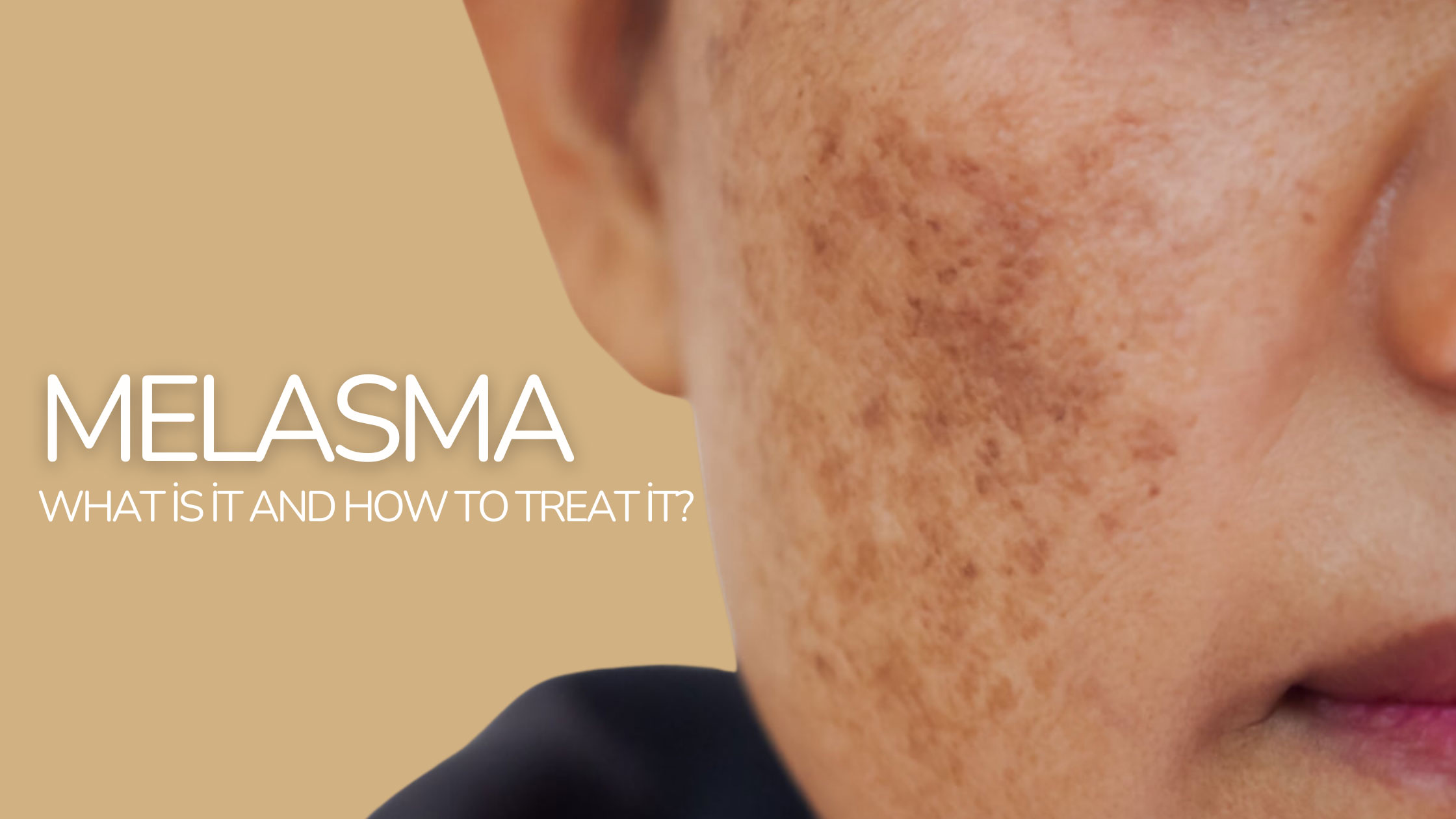Predisposing factors:
The precise cause of melasma is largely unknown. However, the predisposing factors are known to be UV radiation as well as hormonal and genetic factors.
There is no doubt the sunlight is a significant predisposing factor in melasma since oxygen free radicles generated by UV light promote an increased production of melanin.
Generally, genetics are not thought to play a role in melasma, however, some familial cases have been described.
Hormonal factors have been implicated in melasma. Thyroid dysfunction has been reported as a hormonal contributing factor. Furthermore, several studies have shown a correlation between pregnancy, oral contraception and melasma. In fact, it has been shown that 20% of pregnancies are associated with melasma. Hence the term “ the mask of pregnancy”. Fortunately, in many cases the situation resolves post-partum but in others it remains as a chronic condition.
Therapeutic strategies:
Although Melasma has been researched for over 40 years, to date, there is no cure for the condition, neither is there a definitive therapeutic approach.
The condition in the main, is chronic with episodes of remissions and relapses and therefore it can have a severe impact on the patient’s quality of life, due to its visibility.
Photoprotection
Life-long sun avoidance and sun protection are imperative. The regular use of a broad spectrum high factor (SPF 50+) sunscreen is crucial as it has been shown that recurrence of the condition is almost certain in the absence of sun protection.
Topical therapy:
Topical therapies are the mainstay of treatment for melasma. Combination formulations including hydroquinone, retinoic acid and corticosteroids are the most commonly prescribed preparations. These act by inhibiting the enzyme tyrosinase, an important step, in the synthesis of melanin .
The caveat with hydroquinone based creams is that they are only approved for use in short cycles of up to 8 weeks. Once the topical is discontinued, very often, the patient exhibits a relapse of the condition.
Fortunately, a number of hydroquine-free highly effective formulations are available that are combination of arbutin, phytic acid, azelaic acid, retinoids and vitamin C. These are safe for chronic use and highly effective in inhibiting melanogenesis, thus offer patients the best option for the continuous and long-term management of the condition.
Oral Medications:
Tranexamic acid, a compound used to aid in blood clotting and control bleeding, is now being prescribed for the treatment of refractory melasma. Its action is ultimately due to a reduction in the synthesis of inflammatory factors involved in melasma.
The drug is associated with side effects such as increased predisposition to thromboses and the risks should be evaluated prior to opting for the treatment . Moreover, results wane once the drug is discontinued and the condition usually recurs.
Procedural Techniques:
Chemical peels such as alpha hydroxy acids or trichloroacetic acid (TCA) are only recommended for superficial melasma.
Intense pulsed light and a number of ablative and non-ablative lasers fractionated and picosecond lasers have been tried in Melasma, but they remain challenging.
All of these procedures carry a high risk for relapse and the condition may become more resistant to treatment.
Therefore, despite the long history of experience in managing melasma and the multitude of pharmacological and procedural techniques, there is currently no definitive treatment to cure melasma or prevent its relapse. Patients must understand and accept the fact that the condition is chronic and management may be life-long.










